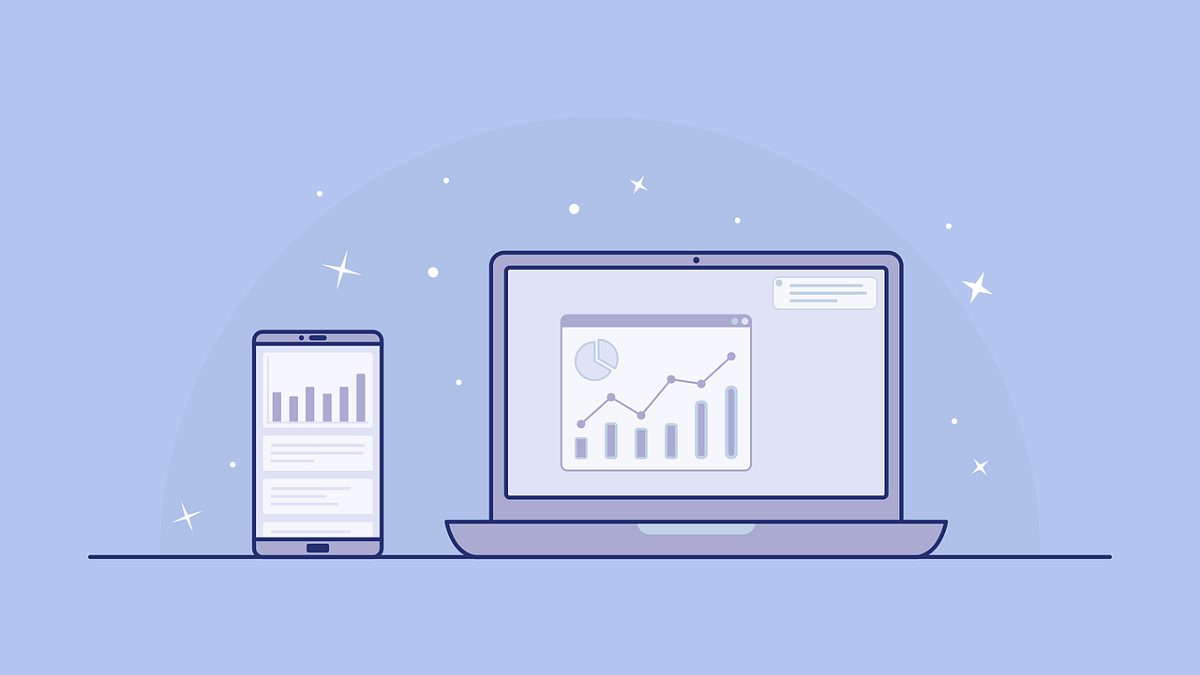Table of Contents
Web Definition
The web is an English word that means “network,” “cobweb,” or “mesh.” The concept is used in the technological field to name a computer network and, in general, the Internet (in this case, it’s usually written as Web, with the capital W).
The evolution of the Web
Today’s Web is a universe of applications and interconnected web pages full of videos, photos and interactive content. What the user does not see is how browsers and web technologies interact to make this possible.
Over time, web technologies have evolved to allow developers to create new and fantastic web experiences. The current Web is the result of the continuous efforts of an open web community that helps define these web technologies. Such as HTML5, CSS3, and WebGL, and ensures that all web browsers support them.
The color lines of this visualization represent the interaction between browsers and web technologies, which has allowed the development of the large number of incredible web applications that we use daily.
Also Read: vpn definition
Types of web pages that exist
The use of the Internet has become popular in these years, and access to the network has extended to a large part of the world’s population. It has led to the proliferation of websites where each of them has a particular use. In today’s article, I will explain some of the classifications in which we can sort the types of web pages we currently have.
Static websites
The characterized pages are of many types because they show permanent information in which the user cannot interact with the page except to read the content. They do not use databases, but the information resides on the server, so to modify it, you have to access the server and change its content. Informative websites use types of pages.
Dynamic websites
Unlike static web pages, in dynamic websites the materials can be modified by the users who visit them. And also, they allow to create or alter the appearance of the same through the navigation with forms, text, images, videos, etc.
Among these would be forums, blogs and e-commerce with a shopping cart. The different sections of product listings on which users can comment and the rest of the pages on which visitors can create or interact with the information shown themselves. These contents interact with a database that stores user records.
Blogs
A blog like this that you are reading right now is a portal where opinion articles on a specific topic are published and where the contents are usually structured, appearing in the first place the most recent.
In this type of pages, users can write comments to blog posts giving their point of view. Currently, most blogs made up of WordPress CMS that makes programming and maintenance tasks more manageable.
Corporate websites
Corporate websites are those that describe the characteristics of the company where the company’s primary information is collected, such as who they are, their location, what they dedicate to other company data. The main products or services offered by the company are also usually shown on these websites. But, there is no possibility of hiring them online.
Search engines
Create pages for users to make their queries. And also they return a series of results with the best pages on that particular query. They may include advertising Google gets most of its revenue from its Google Adwords program by advertising in its search engine.
News websites
Webs where news is always uploaded so that the reader consumes them and can comment on them. The paper newspapers all have their website, which is one of the most visited sites on the Internet. And then we also have news sites that can be created by the user as the well-known paper.li.
Video consumption sites
There are several websites where we can consume audiovisual content, the best known is YouTube, although there are others such as Dailymotion or Vimeo. These websites finance through advertising such as television.
Also Read: What is SPSS Statistics

